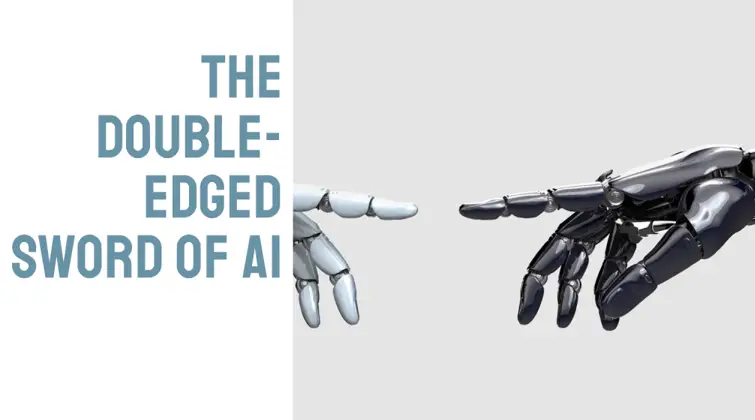The integration of artificial intelligence (AI) into the fashion industry is revolutionizing traditional modeling paradigms. While AI offers innovative avenues for representation and efficiency, it also presents challenges that could reshape the careers of human models.
AI-generated models are becoming increasingly prevalent in fashion marketing. Brands like Mango have pioneered this approach, utilizing AI-created avatars in their campaigns. In July 2024, Mango introduced AI-generated models for their “Sunset Dream” teen line, aiming to enhance technological engagement and reduce production costs. Jordi Álex Moreno, Mango’s Director of Information Systems and Technology, highlighted the potential of AI as a technological revolution offering significant opportunities.
Similarly, Dutch tech startup Lalaland.ai specializes in creating hyper-realistic digital models for fashion brands. Founded in 2019, Lalaland aims to diversify product representation and reduce reliance on traditional modeling. Their collaboration with Levi Strauss & Co. in 2022 exemplifies the industry’s shift towards AI-driven solutions.
Proponents argue that AI models can enhance diversity by showcasing a broader range of body types, ethnicities, and ages, allowing consumers to see themselves reflected in fashion. AI enables the creation of models that transcend traditional beauty standards, potentially fostering inclusivity.
However, concerns arise regarding the authenticity of such representations. Critics point out that AI-generated diversity may lack the genuine experiences and stories that real models bring, potentially undermining efforts toward true inclusivity. The creation of virtual models by individuals outside the represented demographic, as in the case of Shudu Gram—a digital model depicting a Black woman created by a white male photographer—has sparked debates about cultural appropriation and representation.
The adoption of AI in fashion modeling offers economic benefits for brands, including cost reduction and streamlined content creation. AI models can be generated and styled rapidly, eliminating expenses related to photoshoots, travel, and talent fees. For instance, AI-generated models can cost as little as $29 per month, whereas human models may charge $35 per hour.
This shift poses challenges for professional models, as the demand for human talent may decrease. The rise of AI models could lead to fewer job opportunities and a reevaluation of the role of human models in the industry. Model agencies are now exploring ways to adapt, considering the integration of AI technologies to remain competitive. Ingo Nolden of Iconic Talent Management anticipates significant restructuring within the modeling sector due to AI advancements.
The fusion of AI and fashion raises ethical questions about creativity, ownership, and authenticity. While AI can generate innovative designs and models, it relies heavily on existing data, which may perpetuate existing biases. Moreover, the use of AI-generated models without clear disclosure can mislead consumers and diminish the value of human artistry in modeling and photography.
Artists like Malik Afegbua have utilized AI to challenge stereotypes, creating works that depict elderly individuals in fashionable attire, thereby promoting positive aging narratives. His project, “The Elder Series,” showcases how AI can be harnessed for social commentary and inclusivity.
AI’s integration into fashion modeling presents a complex landscape of opportunities and challenges. While it offers innovative tools for diversity and efficiency, it also prompts a reevaluation of the roles of human models and the authenticity of representation. As the industry navigates this transformation, a balanced approach that leverages AI’s benefits while preserving human creativity and ethical standards will be crucial.
Key Highlights:
- AI-generated models are increasingly utilized in fashion, offering cost-effective and diverse representation.
- While AI can enhance inclusivity, concerns about authenticity and cultural appropriation persist.
- The rise of AI models may impact job opportunities for human models, prompting industry adaptation.
- Ethical considerations regarding creativity and ownership are central to the AI and fashion discourse.

